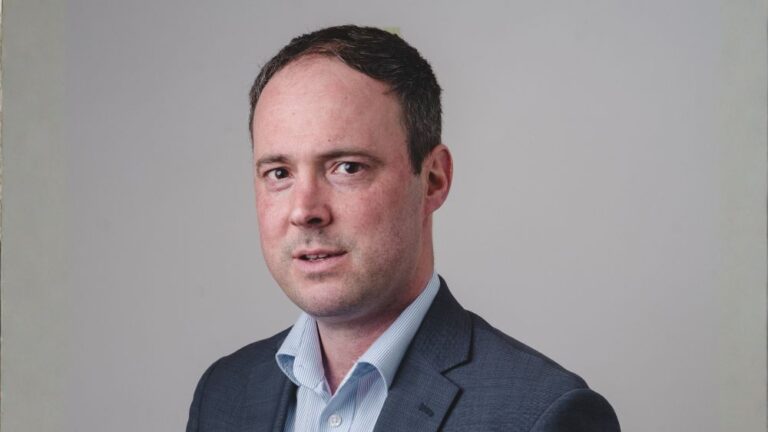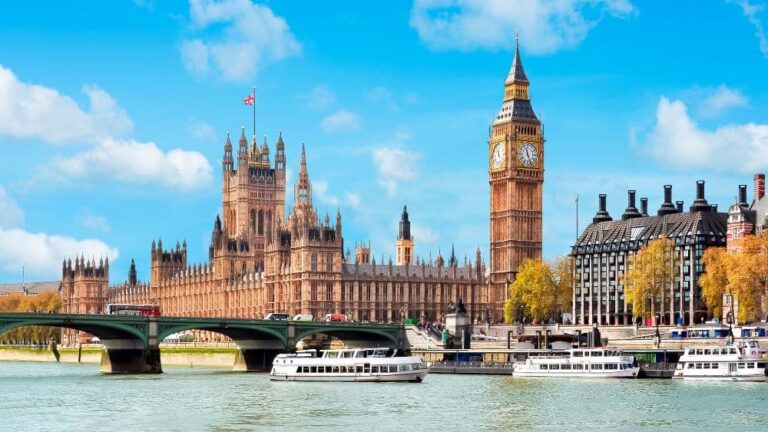
Will planning ahead of APR / BPR changes: Understanding the tax implications
Ahead of the upcoming changes to agricultural property relief (APR) and business property relief (BPR), many business owners have been looking to update their wills to make the most of the new £1m allowance. Draft legislation was released on 21 July which sets out in detail how the new £1m allowance for APR and BPR will apply.
Will planning and pension changes from 2027
It is worth noting that although pensions will be subject to inheritance tax (IHT) on death from 6 April 2027, the assets within most people’s pensions do not pass under the terms of your will. Typically, this is decided by your pension trustees and guided by your wishes. In light of the upcoming changes, it is especially important to review your pension arrangements .
Reviewing your pension now ensures your expression of wishes aligns with your broader estate planning goals and helps mitigate any unintended tax consequences for your beneficiaries.
If you would like our assistance with this, please contact our financial planning team.
Will planning for married couples
Currently many married couples have very straightforward mirror wills where they leave their assets to the surviving spouse on first death and then to the next generation on second death. Currently as all IHT allowances are transferable (nil rate band (NRB) – £325,000 and residence nil rate band (RNRB) – £175,000*), this is generally tax efficient as spousal exemption applies on assets left to the surviving spouse, and IHT is only payable on second death and all allowances are then utilised at this point.
Although many people have suggested that the APR/BPR allowance should be transferrable between spouses, the draft legislation aligns with the government’s original proposal that the allowance is not transferable. This means in order for each spouse to make use of their £1 million allowance, the qualifying assets must be left to someone other than the surviving spouse on first death.
This is frustrating for many individuals who will need to update their wills to make use of this allowance. Wasting this allowance could result in additional IHT of up to £200,000.
Example: Mr and Mrs Harper
An example below demonstrates the position for a married couple after 5 April 2026:
Mr and Mrs Harper each own 50% of the shares in Harper Products Limited. The company is a trading company valued at £4 million. Mr and Mrs Harper also own their own home worth £750,000 and have cash and investments of £250,000. They currently have mirror wills leaving all assets to the surviving spouse and then to their three children on second death.
| Current position First death: |
Using £1m allowance on first death First death: |
| Shares – £2,000,000 Home – £375,000 Cash and investments – £125,000 |
Shares – £2,000,0000 Home – £375,000 Cash and investments – £125,000 |
| Total: £2,500,000 | Total: £2,500,000 |
| Spousal exemption – (£2,500,000) | BPR – (£1,000,000) Spousal exemption – (£1,500,000) |
| IHT – nil | IHT – nil |
| Second death | Second death |
| Shares – £4,000,000 Home – £750,000 Cash and investments – £250,000 |
Shares – £3,000,0000 Home – £750,000 Cash and investments – £250,000 |
| Total – £5,000,000 | Total – £4,000,000 |
| BPR – (£2,500,000) NRB – (£650,000) |
BPR – (£2,000,000) NRB – (£650,000) |
| Taxable – £1,850,000 | Taxable – £1,350,000 |
| IHT @ 40% – £740,000 | IHT @ 40% – £540,000 |
What should business owners do when updating their wills?
Prior to 9 October 2007, the nil rate band (NRB) was also not transferable between spouses. This meant many couples with an estate over the NRB had to bank this allowance on first death. This was often done by creating a NRB trust on first death. The amount received by the trust was often then loaned to the surviving spouse. The amount due back to the trust is a liability of the surviving spouse enabling them to effectively deduct the first spouse’s NRB. Clearly this is a complex way of essentially achieving a transferable NRB.
More straightforward approaches could be taken in respect of the APR/BPR allowance by leaving the first £1m of business assets to the next generation. However, this may not be suitable for all families especially if the beneficiary has no interest in the business or they are minors.
A trust may be a suitable alternative as they provide flexibility over who can benefit and when. The trustees have control over the trust assets and therefore can protect the trusts interest in the business. However, trusts can be complex and costly to administer. The tax implications of an ongoing will trust must be considered carefully before leaving assets in trust under the terms of your will.
Flexible planning for future changes
We also have to be mindful that the rules are changing now but may change again in the future. What happens if the allowance becomes transferable like the NRB or if the amount of the allowance changes? Structuring a tax efficient will now, may need to be updated once again. Therefore, drafting wills flexibly so that they follow your wishes in a tax efficient way is key.
If you would like to discuss updating you wills with us to take account of these changes, please do get in touch with us. We are happy to work alongside your legal adviser in structuring your wills in a tax efficient manner.
*The residence nil rate band is tapered for estates over £2m and is only available where a residence is left to a direct descendant.












